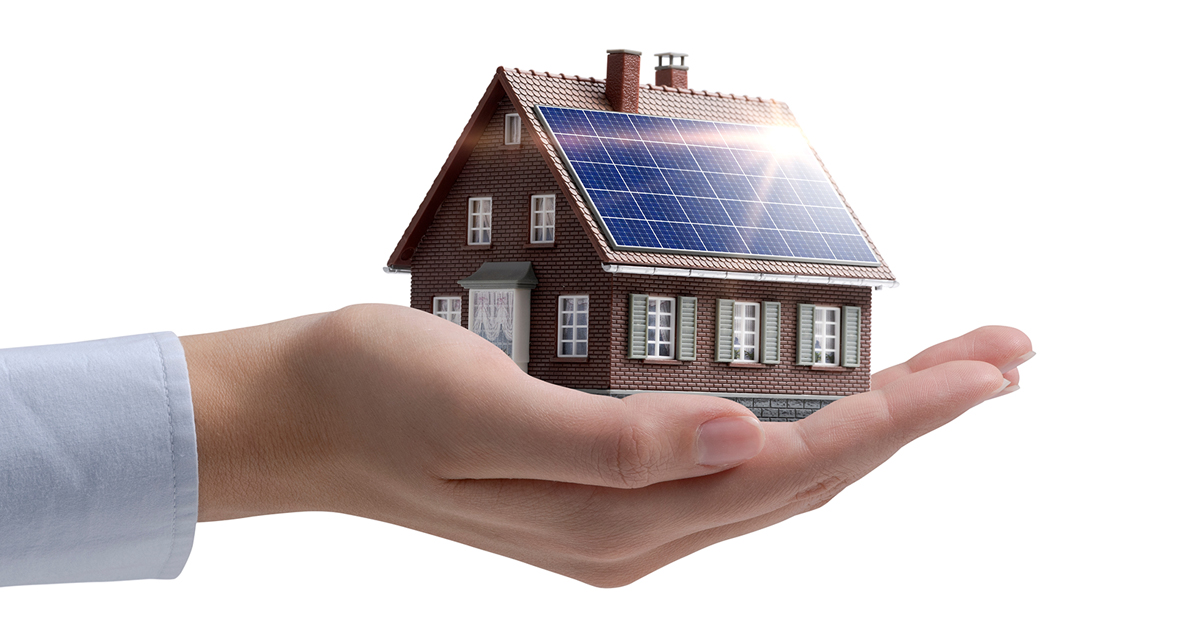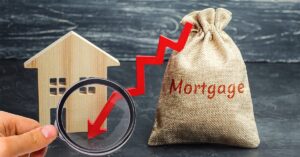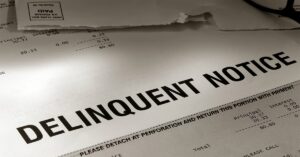In recent years, there has been a noticeable shift in the real estate sector toward sustainable and eco-conscious practices. One notable trend gaining momentum is the emergence of energy-efficient mortgages (EEM), sometimes referred to as “green” mortgages. These are loan products that enable borrowers to include energy-saving upgrades into their home purchase or refinance loan.
Homebuyers are now considering a property’s environmental footprint during the purchase. In a 2022 survey, the number of real estate agents who reported helping clients buy or sell a property with green features jumped to 50%, up from 32% the year before.
In the same survey, 63% of real estate agents said energy efficiency promotion in a listing was “very” or “somewhat” valuable. The demand for green homes is rising, leading to an increase in sustainable construction practices and a surge in the availability of eco-friendly properties.
Real estate developers are also adapting to this shift by incorporating green building techniques and technologies into their projects. As sustainable housing becomes more mainstream, it not only contributes to the reduction of carbon footprints, but also enhances the overall value and marketability of properties.
Sustainable value
These eco-conscious mortgages represent a departure from traditional home financing models by integrating environmental considerations into the lending process. These mortgages are designed to incentivize environmentally friendly practices and sustainable home improvements.
Lenders offering eco-conscious mortgages account for a property’s energy efficiency, use of sustainable materials and other green features such as the reduction of emissions and waste when determining loan terms. One of the drivers behind the rise of eco-conscious mortgages is the array of financial incentives offered to borrowers.
These incentives can include lower interest rates, reduced closing costs or even additional financing for energy-efficient upgrades. Lenders recognize the value of sustainable homes in mitigating long-term risks, and many may view environmentally conscious borrowers as responsible, potentially more reliable and lower-risk clients.
Moreover, governments and local authorities are increasingly providing financial incentives for eco-friendly home initiatives. These can range from tax credits for energy-efficient upgrades to grants for renewable energy installations, further motivating homeowners to opt for sustainable choices.
There are a variety of energy-efficient mortgages available today including Freddie Mac’s GreenCHOICE Mortgage; Fannie Mae’s HomeStyle Energy Mortgage; Federal Housing Administration (FHA) Energy Efficient Mortgage Program; the U.S. Departments of Veterans Affairs (VA) Energy Efficient Mortgage as well as the U.S. Department of Agriculture’s (USDA) Single Family Housing Guaranteed Loan Program.
In most cases, a home energy assessment must be completed by a home energy rater for the borrower or the property to qualify for one of these green mortgages. The assessment will determine that the property is energy efficient or will be efficient after improvements are completed.
Consistent standards
While the rise of eco-conscious mortgages provides numerous opportunities for originators, it also comes with challenges. One significant challenge is the need for consistent standards and metrics for evaluating a property’s environmental impact. Establishing a universal set of criteria will facilitate a more transparent and standardized approach.
Opportunities arise in the form of technological advancements that enable more accurate assessments of a property’s sustainability. Innovations in data analytics and artificial intelligence can provide lenders with comprehensive insights into a property’s energy efficiency, helping them make informed lending decisions.
Governments and regulatory bodies worldwide are recognizing the importance of sustainable practices in various industries, including real estate. These policies may include tax incentives for green building practices, stricter energy efficiency standards and requirements for disclosure of a property’s environmental performance.
One of the most crucial aspects of the success of eco-conscious mortgages lies in consumer awareness and education. Homebuyers need to understand the benefits of opting for environmentally friendly homes and the long-term impact of their choices. Financial literacy programs focused on sustainable financing options can empower consumers to make informed decisions that align with their values and contribute to a more sustainable future.
●●●
The rise of eco-conscious mortgages in 2024 signifies a positive shift towards a more sustainable environment and real estate industry. Financial incentives coupled with the commitment from builders and lenders, as well as an evolving regulatory landscape, are driving this change.
While challenges exist, the opportunities presented by the growing demand for sustainable housing and advancements in technology paint a promising picture for the future of eco-conscious mortgages. Ultimately, consumer awareness, education and the overall financial benefit will be pivotal components to ensuring the success and longevity of this environmentally friendly financial trend. ●
Author
-

Dave Demster is executive vice president of sales and marketing at PrivoCorp and is a mortgage industry veteran with over 25 years of executive management experience. He brings extensive experience providing thought leadership, technology solutions and business-processing- outsourcing services to the mortgage industry, with a focus on servicing and default, origination, business intelligence and customer experience management.
View all posts







